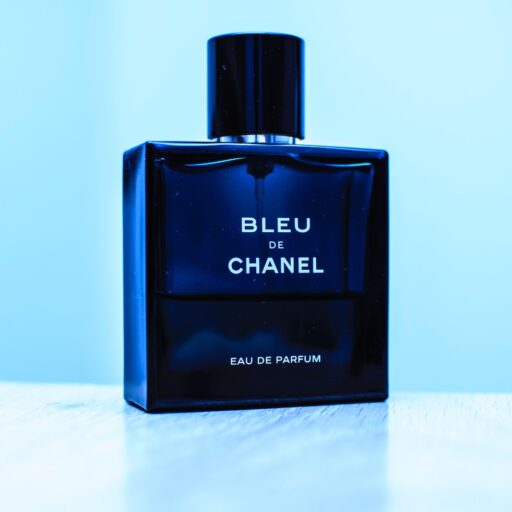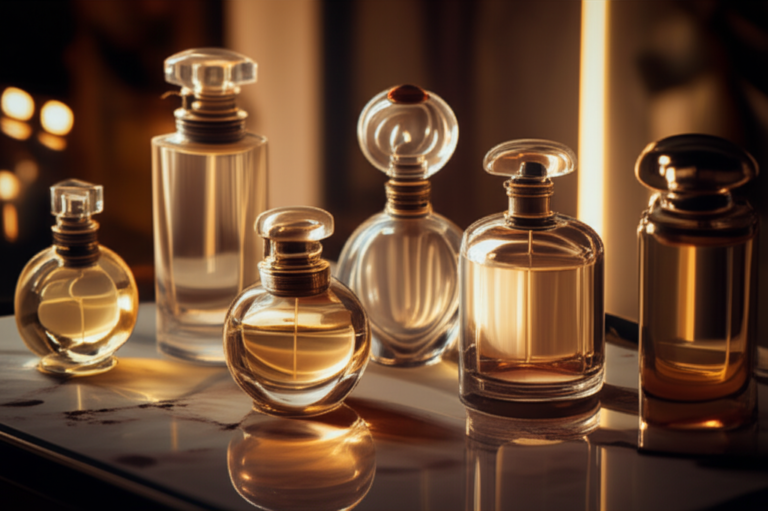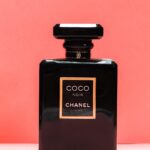Support our educational content for free when you purchase through links on our site. Learn more
How Many Fragrances Exist? Discover 17,000+ Scents! 🌍

Have you ever walked through a perfume store and felt overwhelmed by the sheer number of options available? You’re not alone! With over 17,000 unique fragrances currently in existence, the world of perfumes is a vast and aromatic universe waiting to be explored. From floral to woody, each scent tells a story and evokes emotions that are uniquely personal. In this article, we’ll dive into the fascinating world of fragrances, uncovering how they are categorized, the history behind them, and the cultural significance they hold across the globe.
Did you know that humans can identify more than 1 trillion different smells? This incredible sensitivity is just one reason why the fragrance industry continues to thrive. Whether you’re a seasoned fragrance enthusiast or just starting your scent journey, this comprehensive guide will help you navigate the aromatic landscape and find the perfect scent that resonates with you.
Key Takeaways
- Over 17,000 fragrances exist today, showcasing a vast array of scent profiles.
- Fragrances are categorized into eight primary families, including Floral, Oriental, Woody, and Fresh.
- The creation of fragrances combines art and science, with perfumers blending various ingredients to craft unique scents.
- Cultural significance plays a vital role in how fragrances are perceived and used around the world.
- Explore popular fragrance categories like Floral and Oriental to find your perfect match!
Ready to dive deeper into the world of fragrances? Check out our Perfume Guides and Fragrance Reviews to discover your next favorite scent!
Table of Contents
- Quick Tips and Facts
- The Fragrance Universe: How Many Types of Perfumes Exist?
- A Journey Through the History of Fragrances
- The Art of Classification: How Fragrances Are Categorized
- Exploring the Different Fragrance Families
- The Science Behind Fragrance Creation
- Fragrance Trends: What’s Hot Right Now?
- The Global Impact of Fragrances: Cultural Significance
- Common Misconceptions About Fragrances
- Sustainability in the Fragrance Industry
- Conclusion
- Recommended Links
- FAQ
- Reference Links
Quick Tips and Facts
- Fragrance Diversity: There are over 17,000 unique fragrances currently profiled in the Fragrances of the World database, making the world of scents incredibly vast! 🌍
- Human Scent Detection: Did you know that humans can identify more than 1 trillion different smells? This incredible sensitivity is often overlooked! 👃
- Fragrance Families: Perfumes are categorized into eight primary fragrance families, including Floral, Oriental, Woody, and Fresh. Each family has its own unique characteristics! 🌸
- Perfume Concentration Levels: The strength of a fragrance is determined by its oil concentration, which can range from 1% to 35%. This affects longevity and scent intensity! ⏳
- Cultural Significance: Fragrances play a vital role in various cultures, often used in rituals, celebrations, and personal expression. 🌺
The Fragrance Universe: How Many Types of Perfumes Exist?
When we talk about the sheer number of fragrances, it’s mind-boggling! According to the Fragrances of the World database, there are over 17,000 perfumes currently available, and this number continues to grow as new brands and formulations emerge.
Breakdown of Fragrance Types
| Fragrance Type | Description | Examples |
|---|---|---|
| Parfum | Highest concentration (20%-35%), lasts up to 12 hours. | Chanel No. 5, Tom Ford Black Orchid |
| Eau de Parfum (EDP) | 15%-20% concentration, lasts 8-12 hours. | Dior Sauvage, YSL Black Opium |
| Eau de Toilette (EDT) | 5%-15% concentration, lasts about 3-5 hours. | Marc Jacobs Daisy, Acqua di Gio |
| Eau de Cologne | 2%-4% concentration, fresh and light, lasts up to 2 hours. | 4711 Original Eau de Cologne |
| Eau Fraiche | 1%-3% concentration, very light, suitable for sensitive skin. | Versace Man Eau Fraiche |
A Journey Through the History of Fragrances
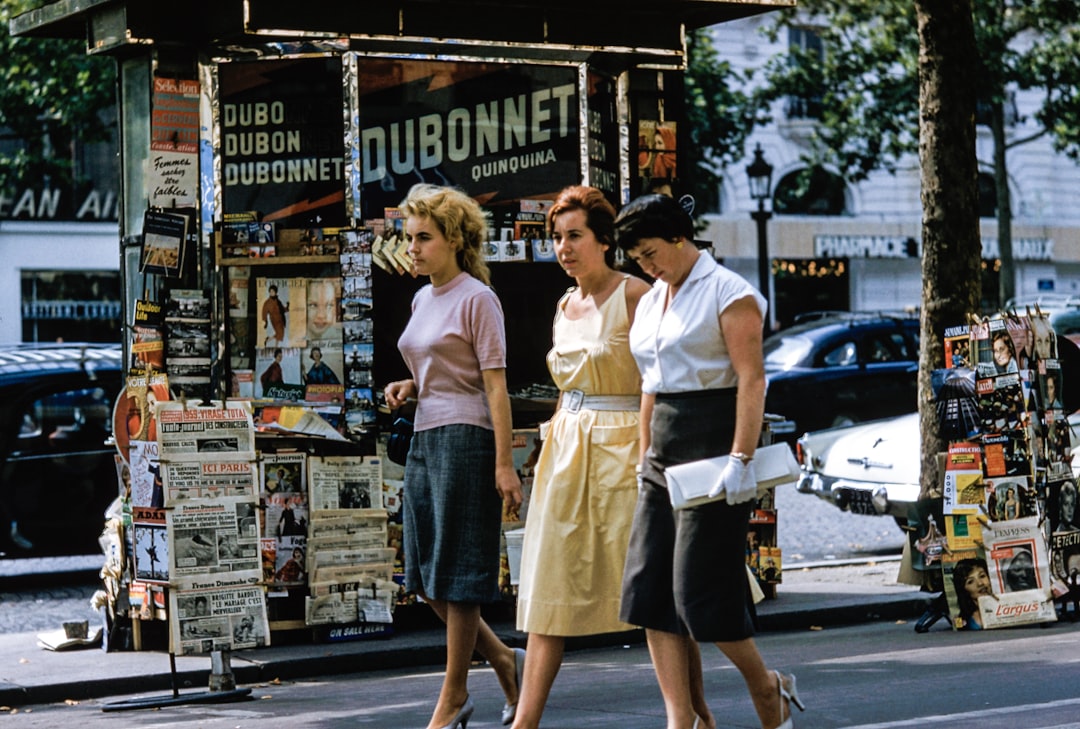
The history of fragrances is as rich and diverse as the scents themselves! Perfume has been used for thousands of years, dating back to ancient civilizations. The Egyptians were among the first to create perfumes, using them in religious ceremonies and for personal adornment.
Key Historical Milestones
- Ancient Egypt: Perfumes were made from natural ingredients like myrrh and frankincense, often used in rituals.
- Middle Ages: The art of perfumery spread to Europe, where it became a symbol of wealth and status.
- Modern Era: The 20th century saw the rise of iconic fragrances, with brands like Chanel and Dior revolutionizing the industry.
The Art of Classification: How Fragrances Are Categorized
Fragrances are classified based on their scent profiles and ingredients. This classification helps consumers navigate the vast world of perfumes and find scents that resonate with them.
The Fragrance Wheel
The Fragrance Wheel, introduced by Michael Edwards, categorizes scents into four main families: Floral, Oriental, Woody, and Fresh. Each family has subcategories, making it easier to explore different scents.
Exploring the Different Fragrance Families
Let’s dive deeper into the eight primary fragrance families! Each family has its own unique characteristics and appeals to different preferences.
1. Floral Fragrances 🌸
- Characteristics: Often sweet and romantic, floral fragrances are dominated by flower notes.
- Examples: Chanel No. 5, Marc Jacobs Daisy.
2. Oriental Fragrances 🌌
- Characteristics: Rich and exotic, these fragrances often include spices and resins.
- Examples: YSL Black Opium, Tom Ford Tobacco Vanille.
3. Woody Fragrances 🌲
- Characteristics: Earthy and warm, woody fragrances feature notes like sandalwood and cedar.
- Examples: Terre d’Hermès, Gucci Guilty.
4. Fresh Fragrances 🌿
- Characteristics: Light and invigorating, fresh fragrances often include citrus and green notes.
- Examples: Acqua di Gio, Dolce & Gabbana Light Blue.
5. Fruity Fragrances 🍑
- Characteristics: Juicy and sweet, fruity fragrances are often playful and youthful.
- Examples: Escada Cherry in the Air, DKNY Be Delicious.
6. Gourmand Fragrances 🍰
- Characteristics: Edible and dessert-like, gourmand fragrances often include notes of vanilla and caramel.
- Examples: Thierry Mugler Angel, Prada Candy.
7. Citrus Fragrances 🍋
- Characteristics: Bright and zesty, citrus fragrances are refreshing and energizing.
- Examples: Atelier Cologne Orange Sanguine, Jo Malone Lime Basil & Mandarin.
8. Aquatic Fragrances 🌊
- Characteristics: Fresh and clean, aquatic fragrances evoke the scent of the sea or rain.
- Examples: Issey Miyake L’Eau d’Issey, Davidoff Cool Water.
The Science Behind Fragrance Creation
Creating a fragrance is both an art and a science. Perfumers, often referred to as “noses,” blend various essential oils and aroma compounds to create a harmonious scent profile.
The Olfactory Pyramid
Fragrances are structured in a pyramid format, consisting of top, middle, and base notes:
- Top Notes: The initial scent that you smell, usually fresh and light (e.g., citrus).
- Middle Notes: The heart of the fragrance that emerges after the top notes fade (e.g., floral).
- Base Notes: The lasting scent that lingers on the skin (e.g., woody or gourmand).
Fragrance Trends: What’s Hot Right Now?
The fragrance industry is always evolving! Here are some current trends that are making waves:
- Sustainable Fragrances: Brands are focusing on eco-friendly ingredients and packaging.
- Gender-Neutral Scents: Unisex fragrances are gaining popularity, breaking traditional gender norms.
- Personalization: Customizable fragrances tailored to individual preferences are on the rise.
The Global Impact of Fragrances: Cultural Significance
Fragrances hold significant cultural importance across the globe. From religious ceremonies to personal expression, scents can evoke memories and emotions.
Cultural Practices
- Middle Eastern Traditions: Attars (oil-based perfumes) are often used in daily life and special occasions.
- Western Celebrations: Fragrances are commonly gifted during holidays and celebrations, symbolizing love and appreciation.
Common Misconceptions About Fragrances
Despite the vast knowledge about fragrances, several misconceptions persist:
-
Myth: All perfumes are the same.
Truth: Each fragrance is unique, with varying compositions and scent profiles. -
Myth: Expensive perfumes are always better.
Truth: Quality can vary, and many affordable options are just as delightful!
Sustainability in the Fragrance Industry
As consumers become more environmentally conscious, the fragrance industry is responding with sustainable practices. Brands are focusing on:
- Natural Ingredients: Sourcing sustainable and organic materials.
- Eco-Friendly Packaging: Reducing plastic use and opting for recyclable materials.
Conclusion

The world of fragrances is vast and fascinating, with over 17,000 unique perfumes available today! Whether you’re drawn to floral notes or woody undertones, there’s a scent out there for everyone. As you explore this aromatic universe, remember that each fragrance tells a story, evoking memories and emotions that are uniquely yours.
For more insights into the world of perfumes, check out our Perfume Guides and Fragrance Reviews.
Recommended Links
FAQ

Q: How many fragrances exist in the world?
A: There are over 17,000 unique fragrances currently profiled in the Fragrances of the World database.
Q: What are the main fragrance families?
A: The main fragrance families include Floral, Oriental, Woody, Fresh, Fruity, Gourmand, Citrus, and Aquatic.
Reference Links
Conclusion
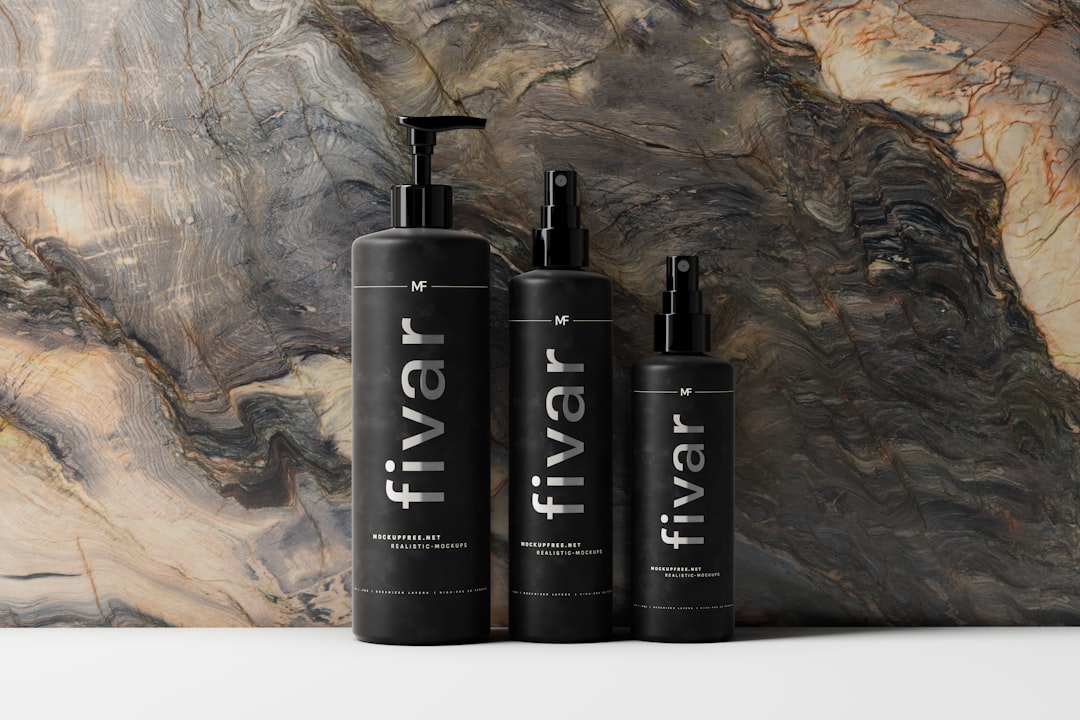
In the enchanting world of fragrances, the sheer variety is nothing short of astounding! With over 17,000 unique perfumes available, each scent tells a story and evokes emotions that are deeply personal. From the rich history of perfumery to the intricate science behind fragrance creation, we’ve explored how diverse and complex this industry truly is.
Summary of Positives and Negatives
-
Positives:
- Diversity: A vast array of scents to cater to every preference.
- Cultural Significance: Fragrances hold deep meanings across various cultures.
- Innovation: Continuous evolution in sustainable practices and fragrance creation.
-
Negatives:
- Overwhelming Choices: The sheer number of options can make it difficult to choose.
- Misconceptions: Many consumers are still unaware of the nuances in fragrance classification.
In conclusion, whether you’re a fragrance novice or a seasoned enthusiast, there’s always something new to discover in the world of perfumes. We confidently recommend exploring different fragrance families and trying out samples to find the perfect scent that resonates with you. Happy scent hunting! 🌟
Recommended Links
- 👉 Shop Floral Fragrances: Chanel No. 5 | Marc Jacobs Daisy
- 👉 Shop Oriental Fragrances: YSL Black Opium | Tom Ford Tobacco Vanille
- 👉 Shop Woody Fragrances: Terre d’Hermès | Gucci Guilty
- 👉 Shop Fresh Fragrances: Acqua di Gio | Dolce & Gabbana Light Blue
- Books on Perfume: Perfume: The Story of a Murderer | The Art of Perfumery
FAQ

What are the most popular fragrance types among perfume brands?
Popular Fragrance Types
The most popular fragrance types include Floral, Woody, and Oriental. Floral fragrances are often favored for their romantic and sweet notes, while woody scents appeal to those who enjoy earthy and warm aromas. Oriental fragrances, with their exotic and rich profiles, are also highly sought after, especially for evening wear.
Read more about “What is a Brand of Perfume? Discover 10 Iconic Names! 🌸”
How do perfume brands create new and unique fragrances?
The Creation Process
Perfume brands utilize a combination of natural and synthetic ingredients to craft unique scents. Perfumers, or “noses,” experiment with various combinations of essential oils, aroma compounds, and fixatives. This creative process often involves extensive testing and refinement to achieve a harmonious balance that resonates with consumers.
Read more about “Men’s Perfume Names A-Z: 50 Scents to Discover! 🌟”
What are the different fragrance families used by perfume brands?
Fragrance Families
Fragrance families are categorized into eight primary groups: Floral, Oriental, Woody, Fresh, Fruity, Gourmand, Citrus, and Aquatic. Each family has its own distinct characteristics, allowing consumers to find scents that match their personal preferences and moods.
Read more about “What Are Perfume Brands Called? 10 Iconic Names You Should Know! 🌟 …”
How do I choose the perfect fragrance from various perfume brands?
Choosing the Right Fragrance
To choose the perfect fragrance, consider the following steps:
- Identify Your Preferences: Think about the scents you naturally gravitate towards—do you prefer floral, fresh, or woody notes?
- Test Before You Buy: Always sample fragrances on your skin, as they can smell different when applied compared to being in the bottle.
- Consider the Occasion: Some fragrances are better suited for daytime wear, while others shine in evening settings.
- Take Your Time: Don’t rush the decision. Allow the fragrance to develop on your skin over a few hours to see how it evolves.
Read more about “100+ Captivating Perfume Names List to Inspire Your Fragrance Journey! 🌸 …”
